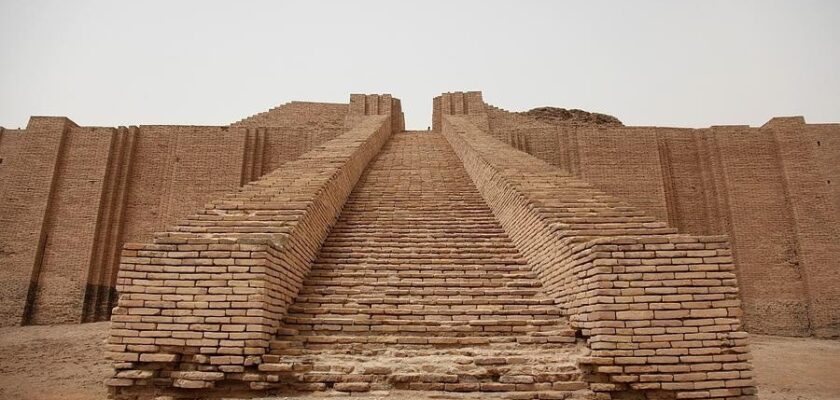Ziggurat of Ur
The Interfluve is the birthplace of great civilizations. The Sumerian civilization was born here, the Tower of Babel was built here. Many ziggurats were built on the territory of the Middle Ages, which were somewhat similar to the Egyptian pyramids, but, despite their steps, did not “fly” into the sky, and “moved” up gradually. In addition, they did not observe such precision of lines.
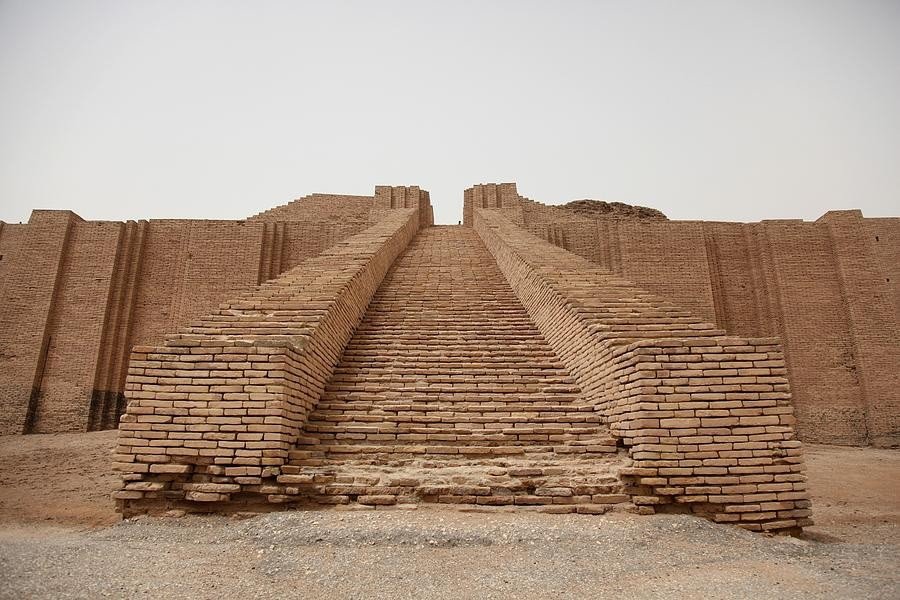
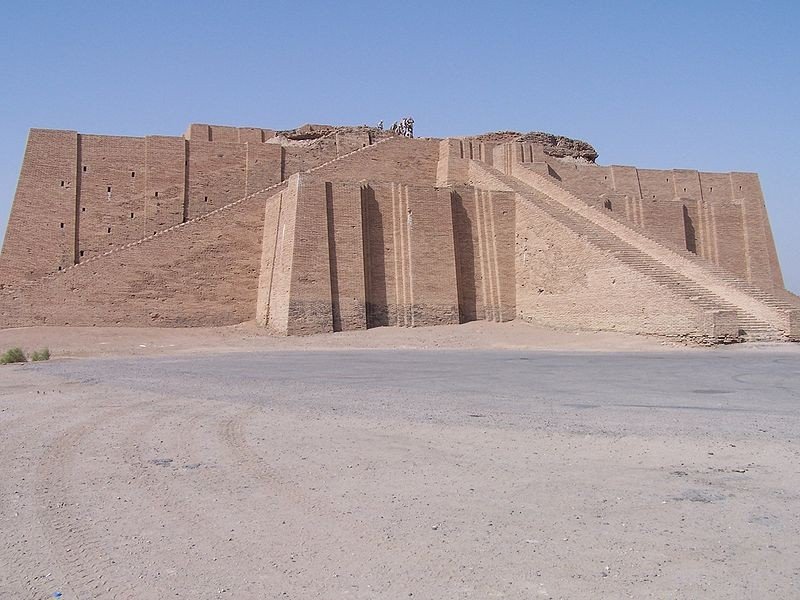
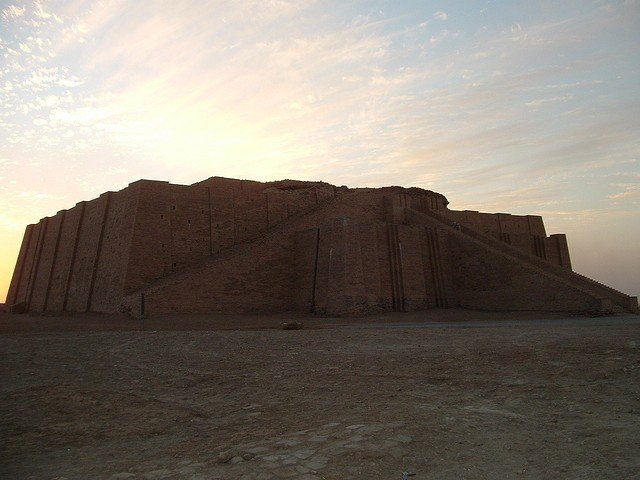
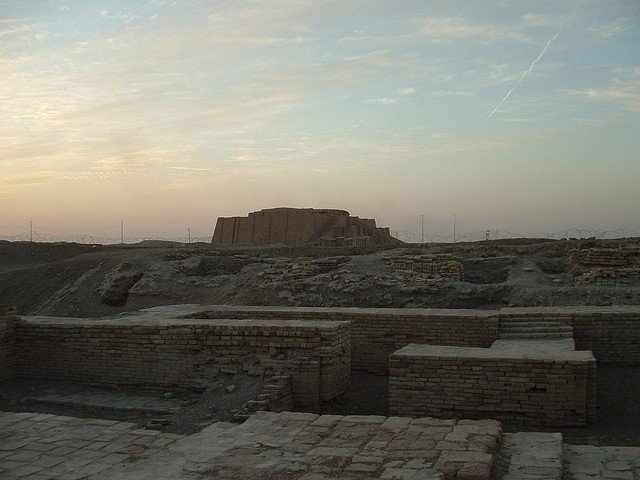
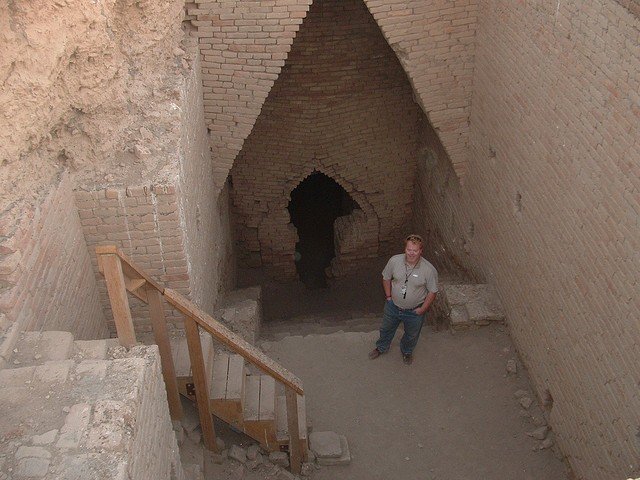
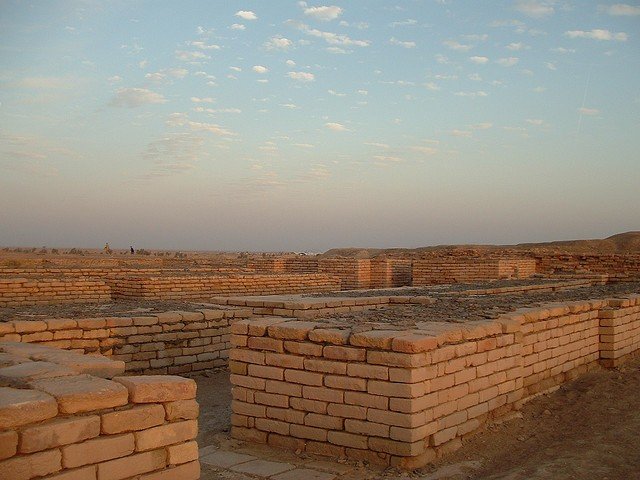
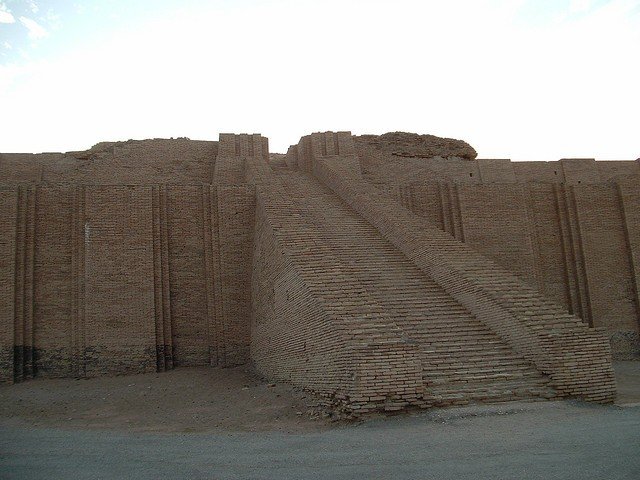
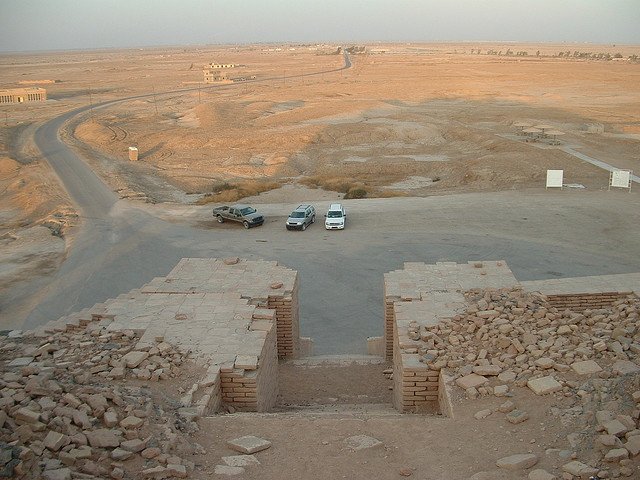
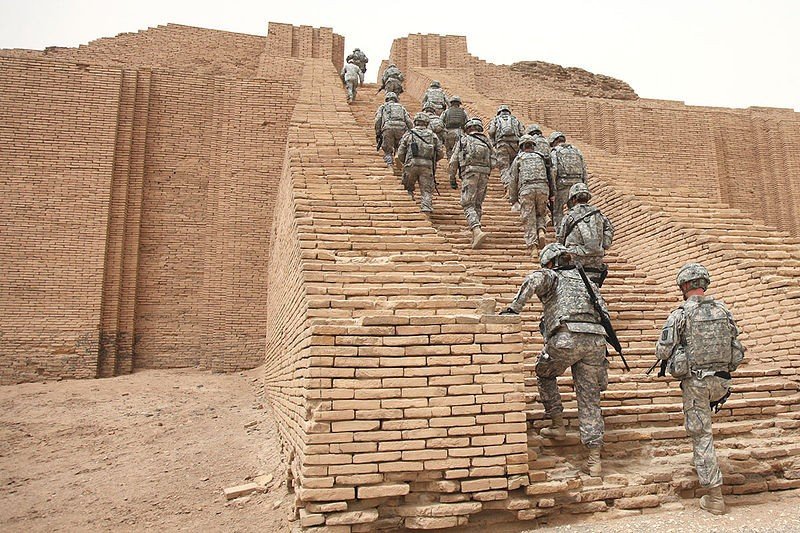
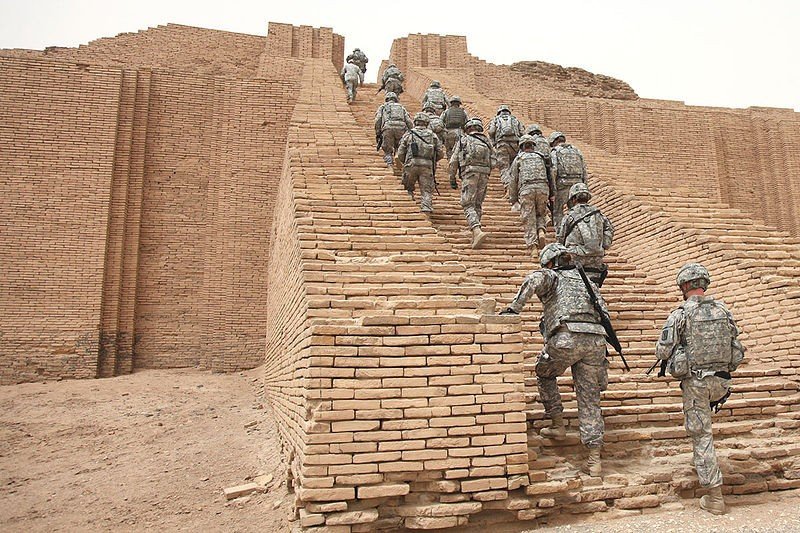
General information
The Ziggurat of Ur is the most famous of the surviving ziggurats. This majestic structure allows at least a little understanding of how highly developed was the civilization that built it, not for nothing the Greeks and Romans never ceased to admire the Sumerian culture, their astronomical and architectural knowledge. The city of Ure was especially active in the 3rd millennium BC. It is believed that the peak of power of the city fell on the reign of the 3rd dynasty of kings, who ruled the city from 2112 to 2015 BC, about the same time and was built ziggurat.
.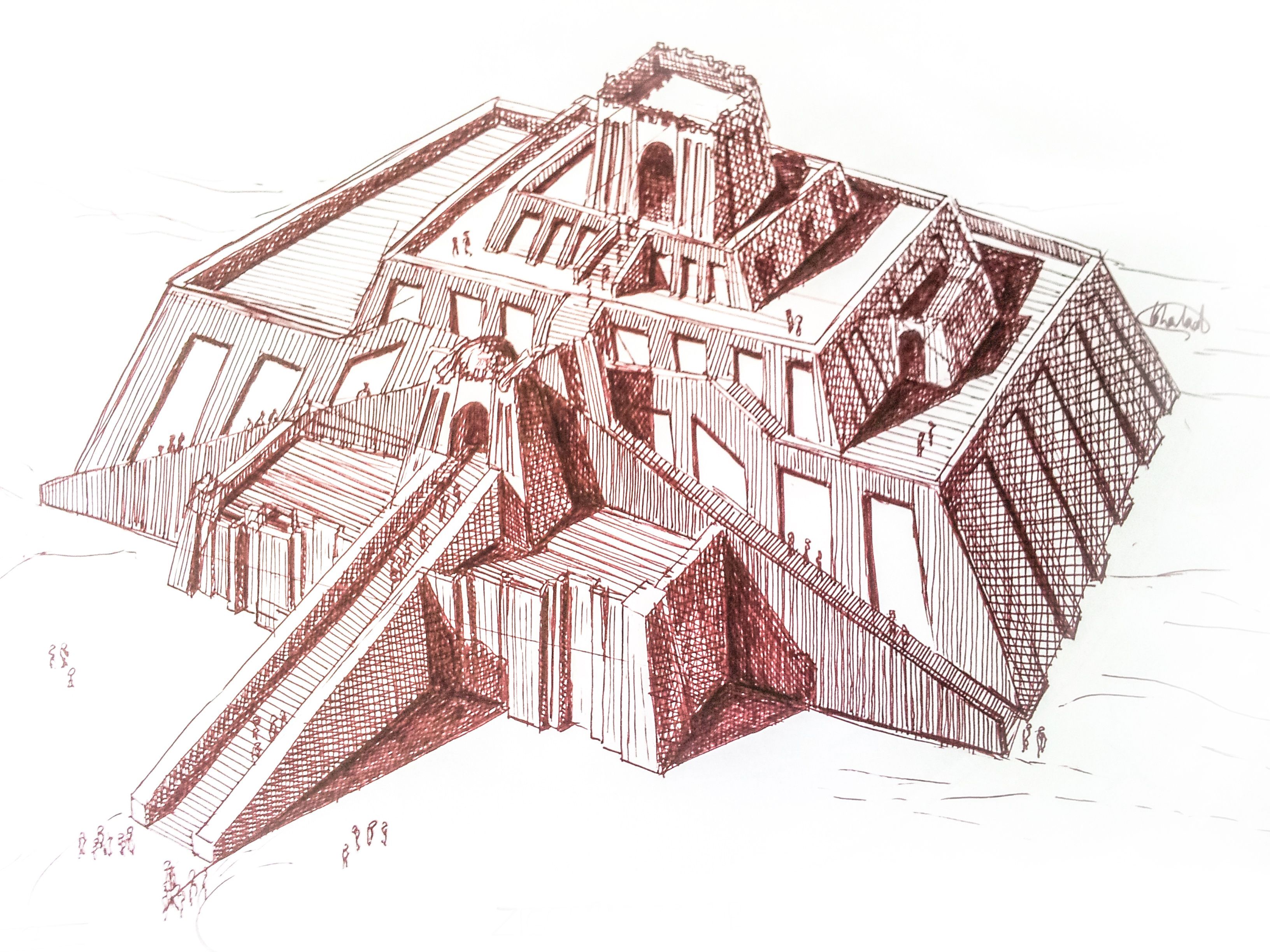
It was erected by King Urnammu and dedicated to the god Nanna. He personified the moon for the ancient Sumerians. Ziggurat consists of three steps, but during the reign of Urnammu was not completed, completed by King Nabonidus. Scientists learned about this fact from clay cuneiform inscriptions found in the structure.
.
The Ziggurat of Ure was made up of three tiers, the first of which was 60 meters long and 45 wide. The height of the tier was 15 meters. The upper tiers were smaller and rested on the lower tier. On the last level was a temple dedicated to Nanna. To the ziggurat were attached stairs, massive and well fortified, on them went festive processions. At one time the structure was painted in different colors, the lower terrace – black, the middle – red, the upper – white. And the temple itself was probably blue, the color of the sky.
.The very construction of the ziggurat is quite unique. There is not a single straight line in the entire building. This was done intentionally to create optical illusions. Such a technique made the building look more imposing and powerful. Such knowledge of architecture at that time was really incredible and testifies to the high skill of the Sumerians and their deep knowledge.
. In addition, all the terraces and their structures were built for a reason, it was not the usual movement from large to small. The slope of the walls, the height of the structures – all the architects of ancient Sumer calculated so that everyone in the city, looking at the building, immediately look up, where the temple of the god was located..
More ziggurat Ure interesting that it has drainage holes designed to drain the interior of the structure, built of adobe brick. Scientists have long puzzled why they are needed, because even the adobe brick during construction had to dry out, and therefore there was no need to create additional drainage holes. In the end, thanks to ancient manuscripts that tell about Sumerian ziggurats, researchers learned that on the terraces of buildings were laid out real gardens. The tiers of the ziggurat were not lined with bricks, they were filled with earth in which plants were planted.
.This was a kind of prototype of the hanging gardens of Semiramis, probably, this is where she (or her cronies) saw this technology. The trees could not grow without water, so they had to be constantly watered, and the water flowed to the lower tiers, which needed drying. In addition, after some research, it turned out that drainage troughs could serve not only for drying, but also to supply water through them to irrigate gardens.
.
The ziggurat at Ur probably looked simply divine, for the brightly colored terraces were decorated with fabulous flowers and trees. It gave the impression of a huge flowering mountain with a temple on top of it. Probably, that is why the ziggurat in Ura is also called the “Mountain of God”. Of course, the structure was far from being a mountain, but it was more than 53 meters high. The structure was impressive and united the population of the city. Besides, we should not forget that there were other sacred structures around the complex. Such as the altar to the goddess Ningal, who was Nanna’s consort. All this made a lasting impression on the local population and visitors to Ur, and even now tourists are delighted with this majestic temple complex.
.